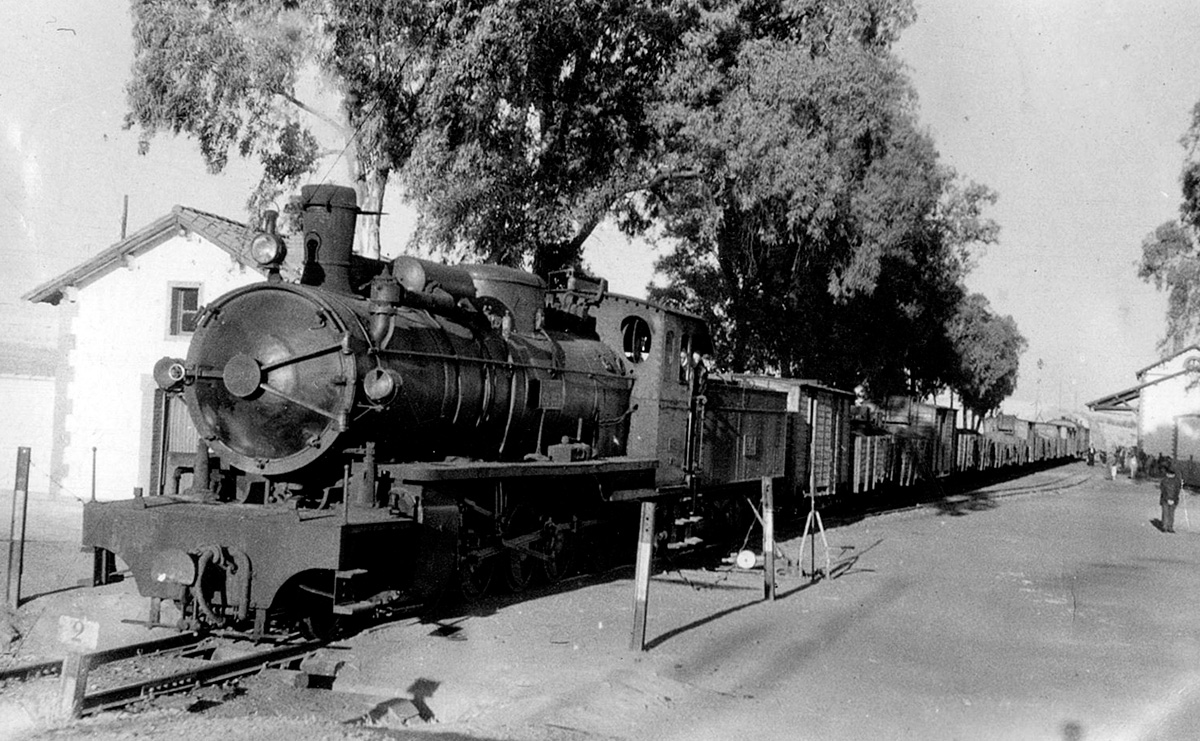Peñarroya-Pueblonuevo Greenway
History of the Railway

The Peñarroya to Fuente del Arco and Peñarroya to Puertollano and San Quintín lines were narrow-gauge railways, one meter wide, with an industrial and mining character. They were constructed in several phases between 1895 and 1927 by the French multinational “Sociedad Minera y Metalúrgica de Peñarroya” (SMMP). The purpose of these lines was to make the mining of coal, lead, and zinc in Badajoz, northern Córdoba, and Ciudad Real more profitable. The tracks connected the mines with the Peñarroya-Pueblonuevo Industrial Complex, where the company had an important metalworking and chemical industry.
Thanks to this railway, and its connections with other Iberian gauge lines such as Fuente del Arco (Sevilla-Mérida), Peñarroya (Córdoba-Almorchón), or Puertollano (Ciudad Real-Badajoz), it was possible to sell the products both nationally and internationally. In addition to freight services, passenger trains also used these tracks, taking up to 22 hours to complete the line. The railway reached a maximum length of 243 kilometers, making it the second longest narrow-gauge line in Spain. After various economic difficulties due to the closure of the mining operations and competition from road transport, SMMP ceded the line to the State in 1956. Finally, FEVE closed it in 1970, and it was dismantled shortly after.
In addition to this line, which forms the bulk of the current greenway, there is a section between Peñarroya and Velmez known as the “Vía de la Maquinilla.” This section corresponds to another former railway track, this time of standard gauge, built by the company Compañía de los Ferrocarriles Andaluces. It ran from its Cabeza de Vaca station to the Peñarroya Industrial Complex, draining the production from several mines in the area. It even extended beyond the complex, crossing it to reach the El Porvenir Mine, in the municipality of Fuenteovejuna. This line was the result of rivalries with MZA, another Iberian gauge company that ran in parallel. It transported minerals and, also for free, thousands of workers, miners traveling from Peñarroya to work in the Velmez pits. The closure of the mines led to the gradual closure of the branch from the mid-1960s, and it was completely closed by the mid-1980s.

